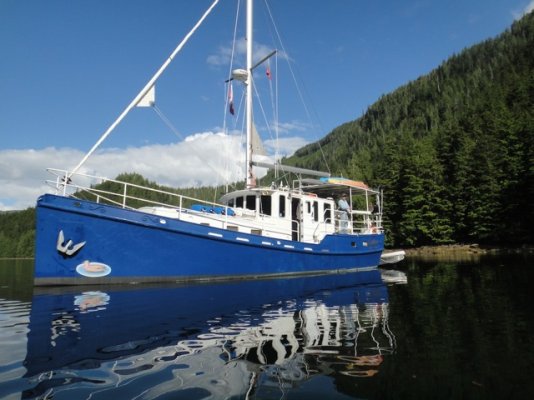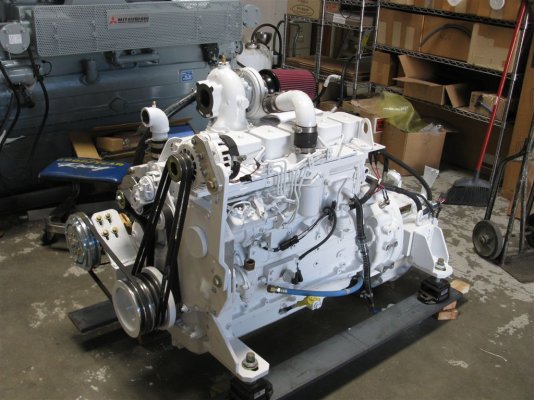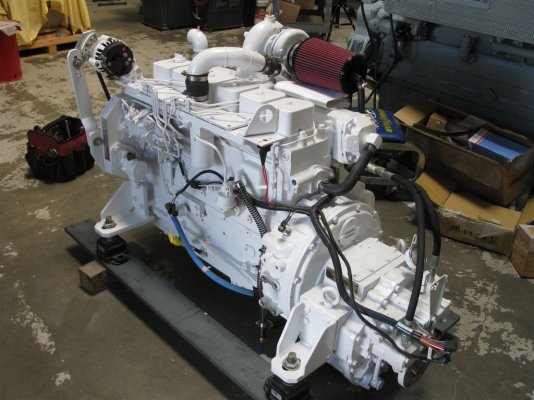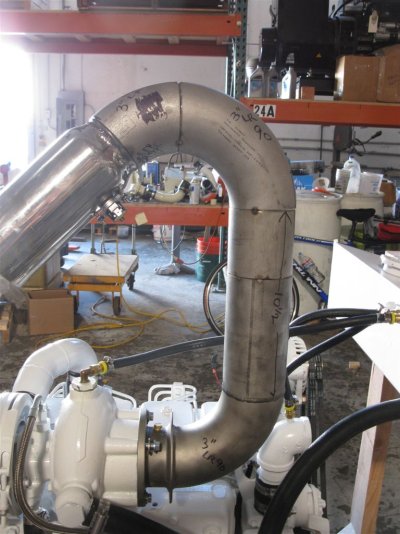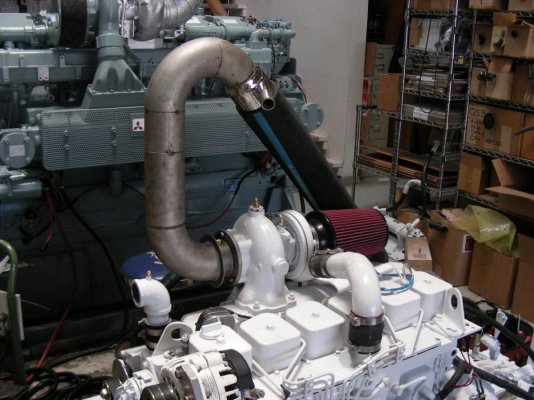pacopico
Veteran Member
As I recommended in a previous post... Call Greg Light at Cascade Engine Center. Nuff said!
.
He retired earlier this year - Ask for Mike Miller over at Cascade.
As I recommended in a previous post... Call Greg Light at Cascade Engine Center. Nuff said!
.
Thanks for the info guys, that's a good start.
%load is a bit confusing. Is it calculated from the rated power of the engine at full throttle or is it calculated from the maximum power available at the rpms you are operating at? The two references will give quite different results. I prefer to calculated %load from the power available at the operating rpms read from the engine power curve. To do that to easiest method is to use fuel burn. The engine's fuel consumption curve will give you a good estimate of the relationship between fuel burn per hour and horsepower. If you then measure your fuel burn and divide it by the maximum fuel burn at the operating rpms you will get % power.
